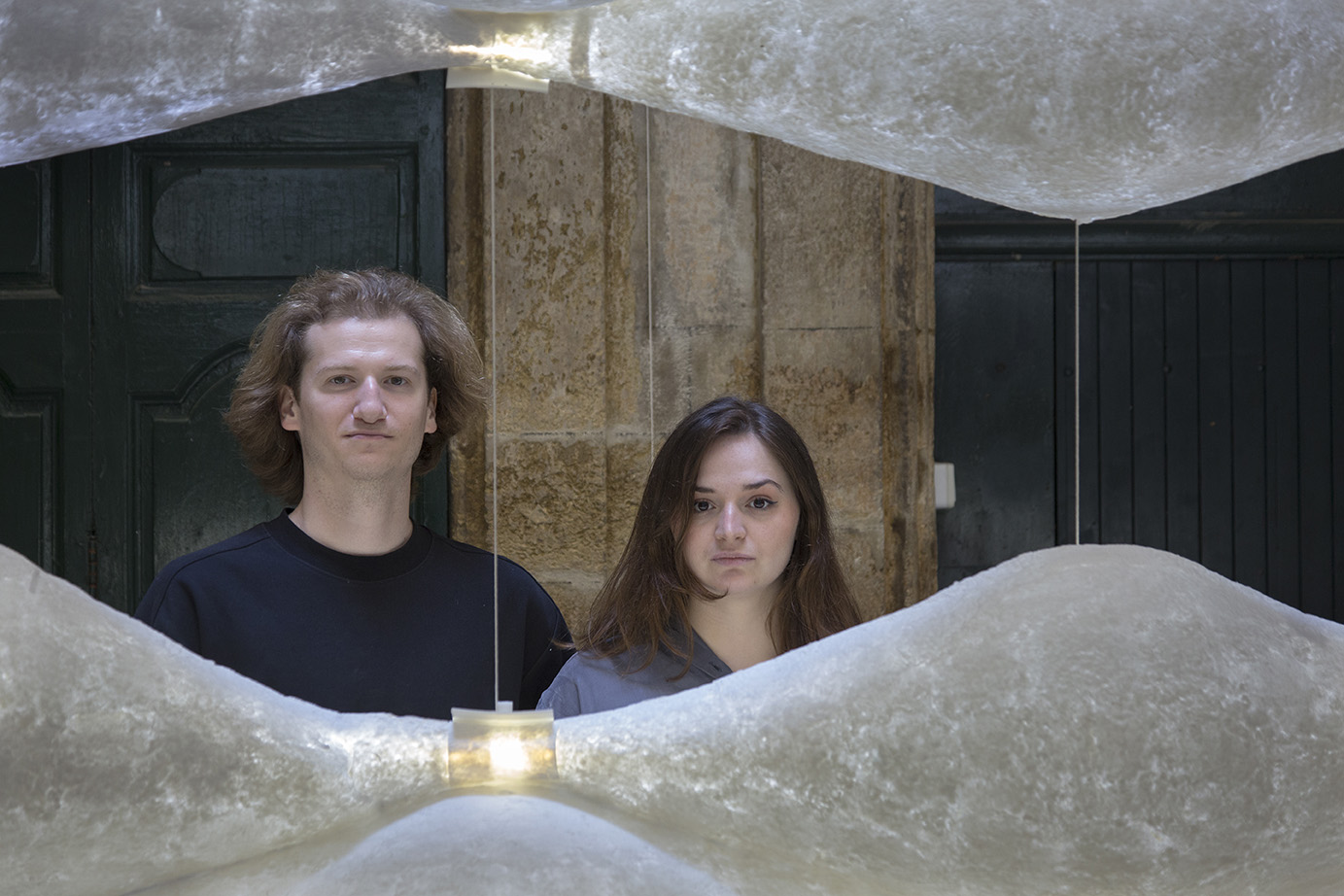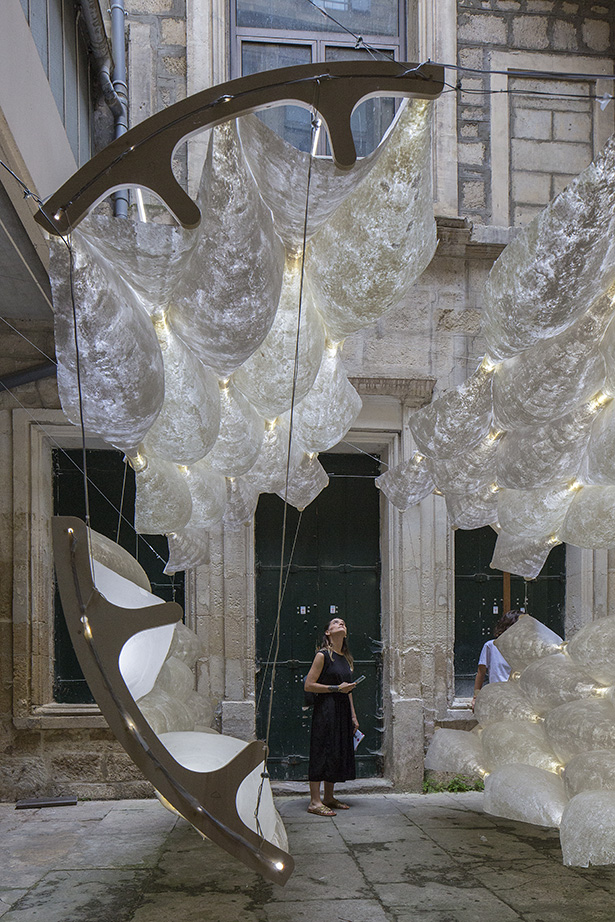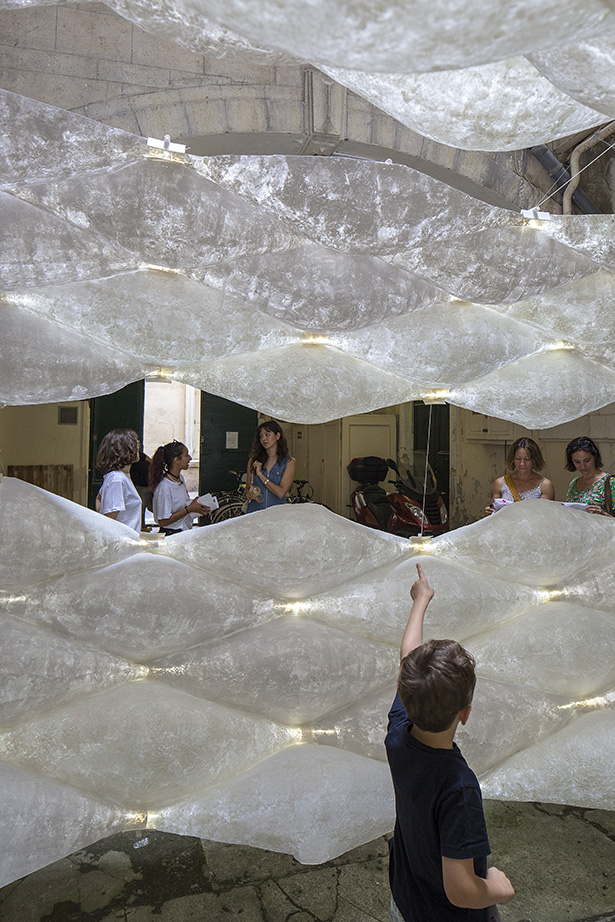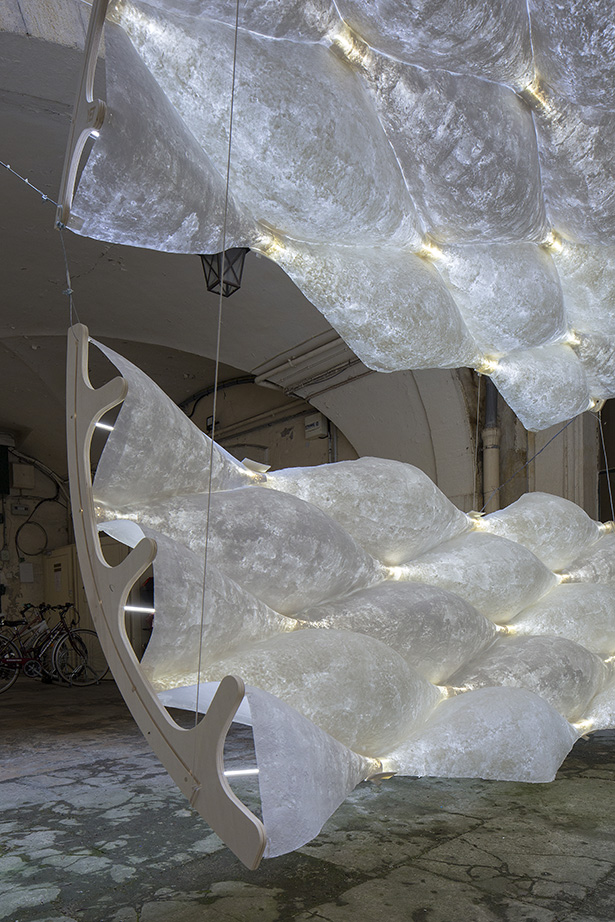YET Architecture
KATLIARSKAYA Anastasiya et KATLIARSKI Ilya
Israël // Biélorussie

Vidéo de léquipe :
Anastasiya Katliarskaya et Ilya Katliarski sont des architectes expérimentaux et les fondateurs de "YET Architecture". L'objectif principal du studio est de contribuer au processus de développement global et de proposer des solutions aux demandes actuelles et futures à travers l'architecture en travaillant sur des concours, des projets spéculatifs, des installations et des événements éducatifs. Anastasiya est titulaire d'une maîtrise avec distinction en technologies émergentes et design de l'Architectural Association School of Architecture (Londres, Royaume-Uni). Ilya est titulaire d'une maîtrise du laboratoire de recherche en architecture et urbanisme (DRL) de l'Architectural Association School of Architecture (Londres, Royaume-Uni). Leurs œuvres ont été marquées lors de concours internationaux, dont le prix YAC et PNUD dans la nomination « Villes vertes », ainsi qu'exposées à la Dutch Design Week et à la Minsk Design Week.
Ilya et Anastasiya ont travaillé sur le développement des espaces publics par la création d’un pavillon interactif dans différentes villes tel que Minsk, Londres mais aussi en Espagne et en Israël.
Anastasiya Katliarskaya and Ilya Katliarski are experimental architects and founders of “YET Architecture”. The main goal of the studio is to contribute to the process of global development and propose solutions for modern and future requests through architecture by working on competitions, speculative projects, installations, and educational events. Anastasiya holds a Master’s Degree with Distinction from Emergent Technologies and Design from the Architectural Association School of Architecture (London, UK). Ilya holds a Master’s Degree from the Architecture and Urbanism Design Research Lab (DRL) from the Architectural Association School of Architecture (London, UK). Their works have been marked at international competitions, including YAC and UNDP prize in the nomination «Green cities» as well as exhibited in Dutch Design Week and Minsk Design Week. Ilya and Anastasiya were working on the development of the public spaces, creating pavilions for people’s interaction in Minsk, London, Spain and Israel.
Washi Paper Pavilion
![]()







Le pavillon est un cylindre, une enveloppe constituée d’un matériau homogène, sans contraste avec l’environnement qui l’entoure, notamment le papier. L’espace intime crée comporte des ouvertures qui dégagent des perspectives sur le mouvement des personnes, les détails architecturaux et le ciel en constante évolution.
Une fois démonté, le pavillon de papier peut être recyclé, prolongeant sa durée de vie tout en n’ayant aucun impact sur l’environnement.
Structurellement, le pavillon se compose d’un cadre en contreplaqué et d’un filet de bâtons de bois. La « peau » du pavillon est créée à partir de 42 modules courbés fabriqués sur mesure en utilisant la technique japonaise du Washi Paper. La forme est préconçue et imprimée en 3D à l’avance afin d’être utilisée comme moule pour le papier. Les bâtons en bois sont reliés entre eux avec des modules de papier à l’aide deux joints conçus sur mesure et imprimés en 3D pour conserver la forme du papier et ajouter de la rigidité à l’installation.
The pavilion is a cylinder, an envelope consisting of homogeneous, not contrast to the surrounding, material, particularly paper. The created intimate space has openings which open up perspectives on people's movement, architectural detail and constantly changing sky.
Once disassembled, a paper pavilion may be recycled, extending its lifespan while having no environmental impact.
Structurally the pavilion consists of a plywood frame and a net of wooden sticks. The skin of the pavilion is generated from 42 curvy custom-fabricated modules using the Japanese technique of washi paper. The form is predesigned and 3d printed in advance and used as a mould for the paper to repeat. Wooden sticks are connected with each other and with paper modules with two custom-designed and 3d printed joints to keep the shape of paper and add stiffness to the installation.
Vidéo du projet :

